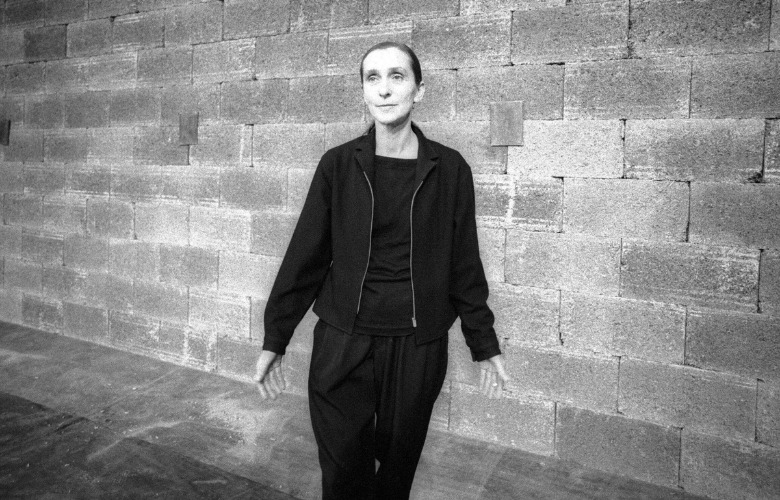
Pina Bausch was a German dancer and choreographer. She passed away in 2009. Already during her lifetime, Pina Bausch became globally known as one of the most important contemporary dance choreographers of her time. Her vision was electrifying, disturbing and soulful all at the same time, leaving a deep impression and changing the art of dance forever. This short biography is by no means complete. But it aims to give an overview of Pina Bausch’s life and work for all those who love the art of contemporary dance.
Pina was born as Philippine Bausch in 1940, in Solingen, Germany. Since ‘Philippine’ was quite a mouthful, she was soon given the nickname ‘Pina’.
Her parents owned a small restaurant and hotel. Growing up, Pina and her sisters worked in the family business.
For Pina, this was an important phase of her development. During this time, her daily contact with the restaurant and hotel guests made her an avid observer of people. A naturally empathetic person, she also began to grasp what drives and moves people to the core.
Pina had her first dance experiences with the children’s ballet in Solingen. Then, at fourteen years of age, she began her professional dance education at the Folkwang Academy in Essen, under the mentorship of Kurt Jooss.
Jooss was an important figure in the world of modern German dance before and after the 2nd World War. For him freeing oneself of the, as he phrased it, “shackles” of classical ballet was most important.
Nevertheless, in his teachings, he also observed a great respect for the basic structures and rules of ballet.
At the Folkwang Academy, all the creative arts were housed under one roof. Dance, opera, music, drama, sculpting, painting, photography, design, and many others. Pina found much inspiration in her surroundings which she later used in her work as a choreographer.
At the age of eighteen, Pina Bausch received the Folkwang-Leistungspreis (an award for outstanding achievements in dance). At the same time, she was awarded a scholarship from the German Academic Exchange Program which allowed her to study for one year at the Juilliard School of Music in New York.
In 1958, New York was nothing less than a dance Mecca. Amongst Pina’s teachers were great artists such as Antony Tudor, José Limón (a dancer in the ensemble of Martha Graham), Alfredo Corvino, and Margret Craske.
Furthermore, as a dancer, she worked with Paul Taylor, Paul Sanasardo, and Donya Feuer.
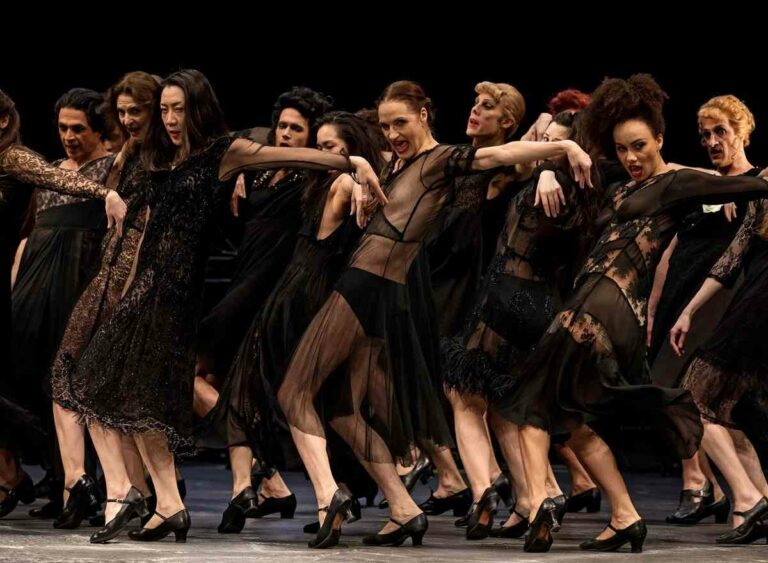
Whenever possible during her time in New York, Pina went and watched as many performances as she could. In her enthusiasm for the great city’s artistic diversity, she then decided to prolong her stay for another year. Even if that meant that she had to finance this second year by herself.
A decision which soon proved to be the best Pina could have taken when Antony Tudor hired her for the Metropolitan Opera. Her experiences in the traditional world of opera as well as her ever-stronger developing love for Jazz ended up influencing Pina throughout her career.
Towards the end of her second year in New York, Kurt Jooss asked Pina to return to Essen. He had successfully revived the Folkwang Ballet (which later became the Folkwang Dance Studio).
Pina returned and danced in Jooss’s old and new choreographies.
At this point, she also functioned as his assistant choreographer. Which soon developed into her choreographing own productions as well, like Fragment or Im Wind der Zeit (In the Wind of Time). For the latter she was awarded 1st place in the Choreography Competition in Wuppertal in 1969.
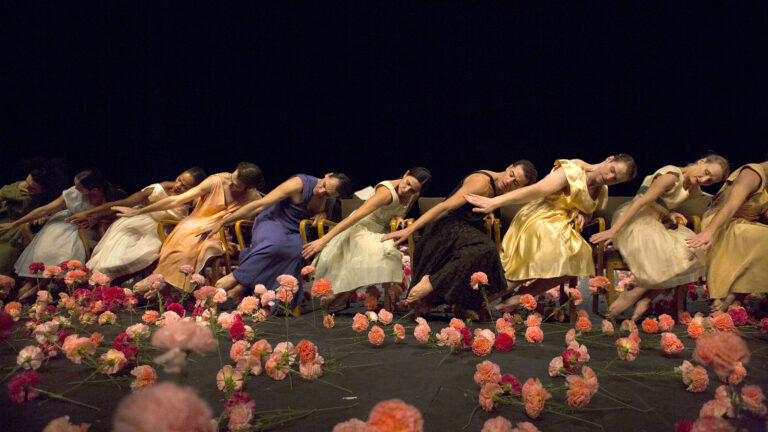
Afterwards, Pina Bausch became highly sought after. She worked as a guest choreographer for a few companies. In the season of 1973/74, the artistic director of the Wuppertal Ballet hired her as lead choreographer.
Pina immediately changed the name to Wuppertal Dance Theatre to make a clear statement that classical ballet would not be the only performance art which would be created within the company’s walls.
Pina quickly developed new genres. With Iphigenia on Tauris (1974) and Orpheus and Euridice (1975) she created two dance operas.
With Ich bring Dich um die Ecke (1974) she introduced popular music. In Komm Tanz Mit Mir she used old German folk songs. And in Renate Wandert Aus (both 1977) she played with the cliches of operetta.
The performance had an incredible emotional impact and a physical immediacy which became one of Pina’s trademarks. Up until then, this extreme intensity and rawness onstage had been unheard of and unseen in Germany.
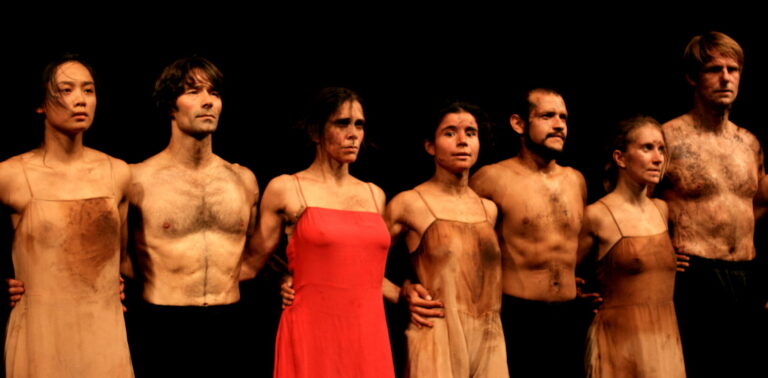
Thus, Pina’s choreographies shocked audiences as well as the press in the first few years in Wuppertal. There was pain in the honesty of her productions.
For example, many who watched Pina’s Herzog Blaubarts Burg (1977) which has music passages that are repeated over and over, perceived the experience as torture.
Thankfully, Pina’s productions also often reflected her good sense of humor which then made it easier for audiences to digest what they saw.
Peter Zadek, director in Bochum, invited her to create a modern version of Shakespeare’s Macbeth. However, a large part of the ensemble was used to a more conventional interpretation. They couldn’t follow her lead.
Thus, Pina decided to cast this production with only four dancers, five actors, and one singer. Instead of working with eight-counts, Pina decides to take a completely new approach and asked her performers associative questions around the theme of the performance.
The premiere of this collective brainstorming, on 22 April 1978 in Bochum, under the title Er nimmt sie an der Hand und fuehrt sie in das Schloss, die anderen folgen… (He takes her by the hand and leads her into the castle, the others follow…) was almost drowned in the loud calls of protest from the audience.
However, Pina didn’t let the public opinion deter her from following this new path. She had finally found her true artistic expression. Poetic pictures and movements. A choreography which never shied away from breaking boundaries. And the courage to look at harsh realities whilst at the same time inviting the audience to dream.
This was the beginning of Pina Bausch’s great, global success, as people gradually began to understand her new way of telling a choreographed story onstage.
In their dance performances, the Wuppertal Dance Theatre ensemble spoke to their audiences about deep emotions, fears and adversity, passion and longing.
And no matter how raw and honest any of Pina’s productions looked at the human condition and our every day lives, they always left space as well to communicate to the audience, “We hear you. We see you. You must take responsibility for your own lives. But you are not alone in your struggle. Life, in all its extremes, its ups and downs, is worth living.”
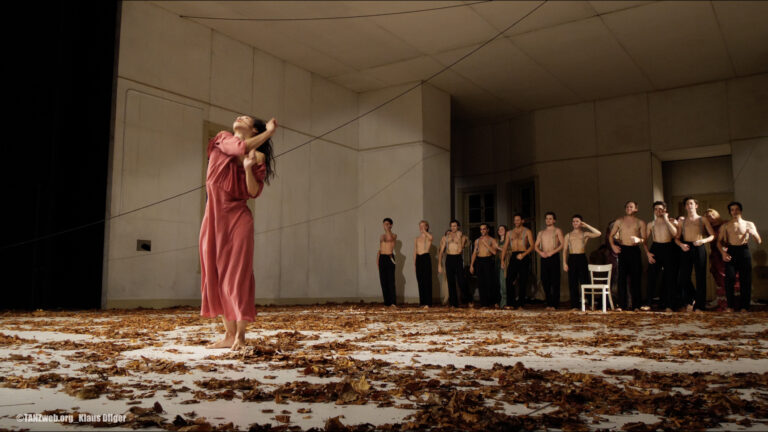
In January 1980, Pina’s life partner Rolf Borzik died. Especially in the beginning of the Wuppertal Dance Theatre, his set and costume design helped forge the face of the company. After his death, Peter Pabst took over as set designer, Marion Cito as costume designer.
The set design and costume design underlined the profoundness of Pina’s creations. The stage became a poetical space. Often the outside world was brought into the theatre. Water and rain highlighted the human body. Soil turned movement into a challenge. Or, foliage helped spread the dancers’ steps.
Sometimes, the stage looked like an old flat. At other times, it reminded more of an elegant-minimalistic Japanese design, with simple wooden floors.
The costumes could be anything from elegant to bizarre. From an evening gown to a child-like combination of unrelated clothing items.
Just like the choreography itself, both set and costumes reflected everyday life, whilst they at the same time also every so often transcended into a dream-like beauty and lightness of being.
At first, the humor and beauty of Pina Bausch’s productions, hidden under a more immediate ugliness, were often overlooked. But, with the years, her creations were more deeply understood.
The more international the Wuppertal Dance Theatre became the more international co-productions were developed. For example, Tanzabend II with Madrid, Nur Du with Los Angeles, Der Fensterputzer with Hong Kong, Agua with Rio de Janeiro, Ten Chi with Tokyo, Rough Cut with Seoul, to name only a few.
The very last co-production was with Chile in 2009. A new creation which Pina herself couldn’t name anymore.
Her work, which in the beginning had so many critics, developed into a truly global dance theatre, capable to incorporate all cultural hues, and treating every human being with the same respect.
At the same time, it never was a theatre which wanted to teach. Rather, Pina’s creations were always simply trying to re-produce the elementary experience of life. It was a theatre free of ideologies or dogmatism. A humanistic theatre. A theatre, which wanted to look at all facets of our world and lives without prejudice.
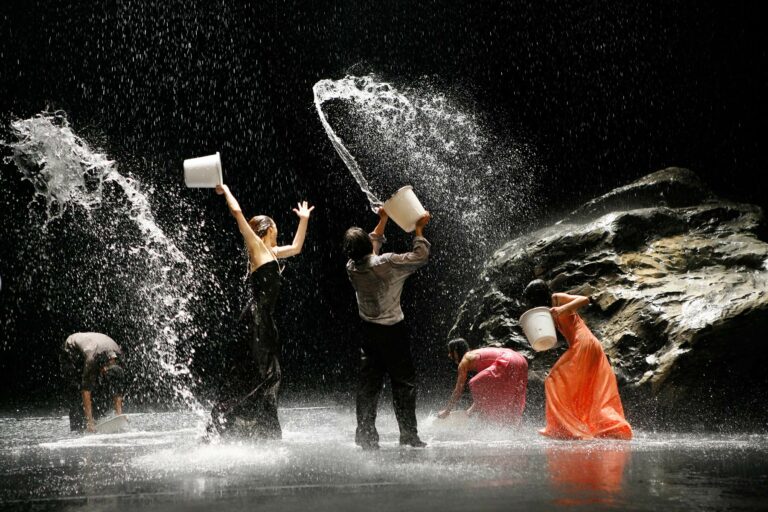
Pina Bausch received many awards throughout her lifetime. For example, the Bessie Award in New York (1984), the German Dance Award (1995), the Berlin Theatre Award (1997), the Praemium Imperiale in Japan (1999), the Nijinski Award of Monte Carlo, the Golden Mask in Moscow (2005), and the Goethe Award in Frankfurt/Main (2008).
In June 2007, Pina received the Lifetime Achievement Award at the Venice Biennale. In November of the same year she was honored with the prestigious Kyoto Award.
The government of Germany even presented Pina Bausch with an official medal of honor, the Grosses Verdienstkreuz (1997). France awarded her two official titles, the Commandeur de l’Ordre des Arts et de Lettre (1991) and the Knight of the Legion of Honour (2003). Additionally, many universities bestowed her with honorary doctorates.
Pina Bausch passed away on June 30, 2009. She will forever be remembered as one of the most important choreographers of the twentieth century.
Official Website Pina Bausch and Wuppertal Dance Theatre
Official Trailer of the documentary film “Pina”, an unforgettable portrait by Wim Wenders (an absolute must see!!)
This article was compiled from a myriad of sources from the Internet.
Alicia Alonso, Legendary Cuban Prima Ballerina and Choreographer
The Beauty Of The Creative Process


Liam Klenk was born in Central Europe and has since lived on four continents. Liam has always been engaged in creative pursuits, ranging from photography and graphic design, to writing short stories and poetry, to working in theatre and shows. In 2016, Liam published his first book and memoir, 'Paralian'.
Read Full Profile© 2021 TheatreArtLife. All rights reserved.

Thank you so much for reading, but you have now reached your free article limit for this month.
Our contributors are currently writing more articles for you to enjoy.
To keep reading, all you have to do is become a subscriber and then you can read unlimited articles anytime.
Your investment will help us continue to ignite connections across the globe in live entertainment and build this community for industry professionals.